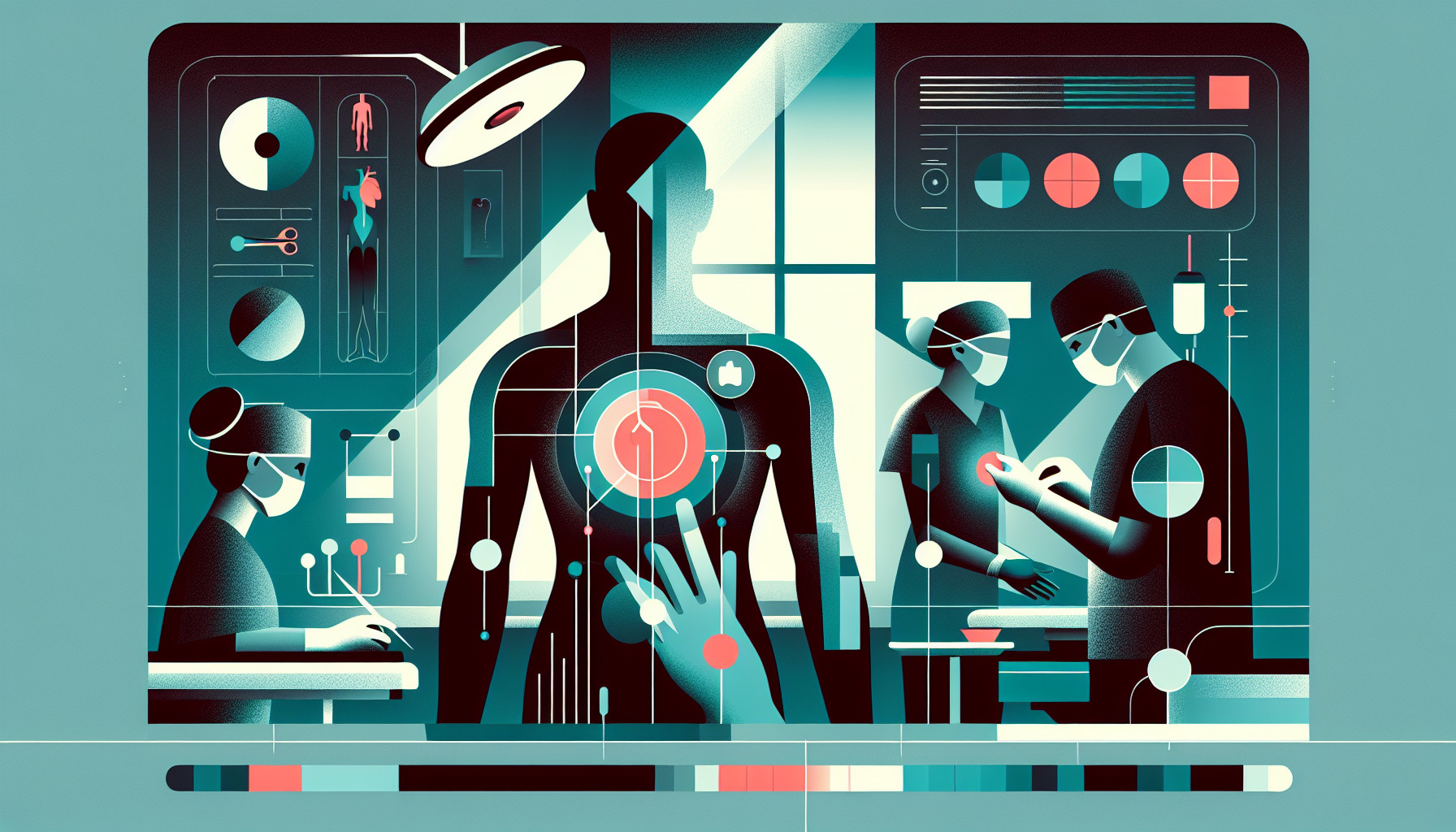Our Summary
This study evaluates the use of stem cell therapy in treating complex anal fistulas in patients with Crohn’s disease. Anal fistulas are abnormal connections between the anus and the skin, and are a common complication in Crohn’s disease. They can be difficult to treat and often recur after surgery. In this study, researchers used stem cells derived from fat tissue (known as darvadstrocel) to try and improve the healing process.
The study involved 12 patients, who had previously tried traditional or surgical treatments without success. The patients were given the stem cell treatment in a standardized procedure under general anesthesia, which involved the injection of the stem cells into the affected area.
The results of the study showed that, on average, around two-thirds of patients (66.7%) saw their fistulas heal after the stem cell treatment. The average time for healing was 12 weeks. However, one-third of patients did require another operation due to the development of an abscess (a painful collection of pus).
While the results seem promising, the researchers warn that the study included a small number of patients and was conducted retrospectively, and so more research is needed.
FAQs
- What is the goal of using stem cell therapy in treating complex anal fistulas in patients with Crohn’s disease?
- How effective was the stem cell treatment in healing anal fistulas according to the study?
- What are the potential limitations or risks associated with the stem cell treatment for anal fistulas?
Doctor’s Tip
A helpful tip a doctor might give a patient about anal fistula surgery is to follow post-operative care instructions closely to ensure proper healing and reduce the risk of complications. This may include keeping the area clean and dry, avoiding strenuous activities, and taking prescribed medications as directed. It is also important to attend follow-up appointments with your healthcare provider to monitor your progress and address any concerns.
Suitable For
Patients who are typically recommended anal fistula surgery are those who have tried conservative treatments such as antibiotics and drainage procedures without success. They may also have recurrent or complex fistulas that are causing symptoms such as pain, discharge, or infection. In the case of Crohn’s disease patients, who are more likely to develop anal fistulas, surgery may be recommended if other treatments have not been effective in controlling the disease or managing the fistula.
Timeline
Before anal fistula surgery, patients typically experience symptoms such as pain, swelling, discharge, and difficulty with bowel movements. They may also have tried other treatments such as antibiotics, drainage procedures, or medications without success.
After anal fistula surgery, patients may experience some pain, swelling, and discomfort in the area. They will need to follow post-operative instructions such as taking pain medication, keeping the area clean, and avoiding certain activities. Follow-up appointments with the surgeon will be necessary to monitor healing and address any complications.
In the case of stem cell therapy for complex anal fistulas in Crohn’s disease patients, the timeline may involve an initial evaluation and consultation with a specialist, followed by the stem cell treatment procedure under general anesthesia. Healing and recovery may take several weeks, with follow-up appointments to assess the effectiveness of the treatment. Additional surgeries may be needed in cases of complications or recurrence of the fistula.
What to Ask Your Doctor
Some questions a patient should ask their doctor about anal fistula surgery, particularly in relation to stem cell therapy, include:
- What is an anal fistula and why is surgery necessary to treat it?
- How does stem cell therapy work in treating anal fistulas, and why was it recommended for me?
- What are the potential risks and benefits of undergoing stem cell therapy for my anal fistula?
- How successful is stem cell therapy in treating anal fistulas compared to traditional surgical treatments?
- What is the recovery process like after undergoing stem cell therapy for an anal fistula?
- Are there any specific post-operative care instructions I should follow after receiving stem cell therapy for my anal fistula?
- Are there any potential complications or side effects associated with stem cell therapy for anal fistulas?
- Will I need any follow-up appointments or additional treatments after undergoing stem cell therapy for my anal fistula?
- How long will it take for me to see improvements in my condition after receiving stem cell therapy for my anal fistula?
- Are there any alternative treatment options available for my anal fistula, and how do they compare to stem cell therapy in terms of effectiveness?
Reference
Authors: Schwandner O. Journal: World J Gastroenterol. 2021 Jun 28;27(24):3643-3653. doi: 10.3748/wjg.v27.i24.3643. PMID: 34239275
